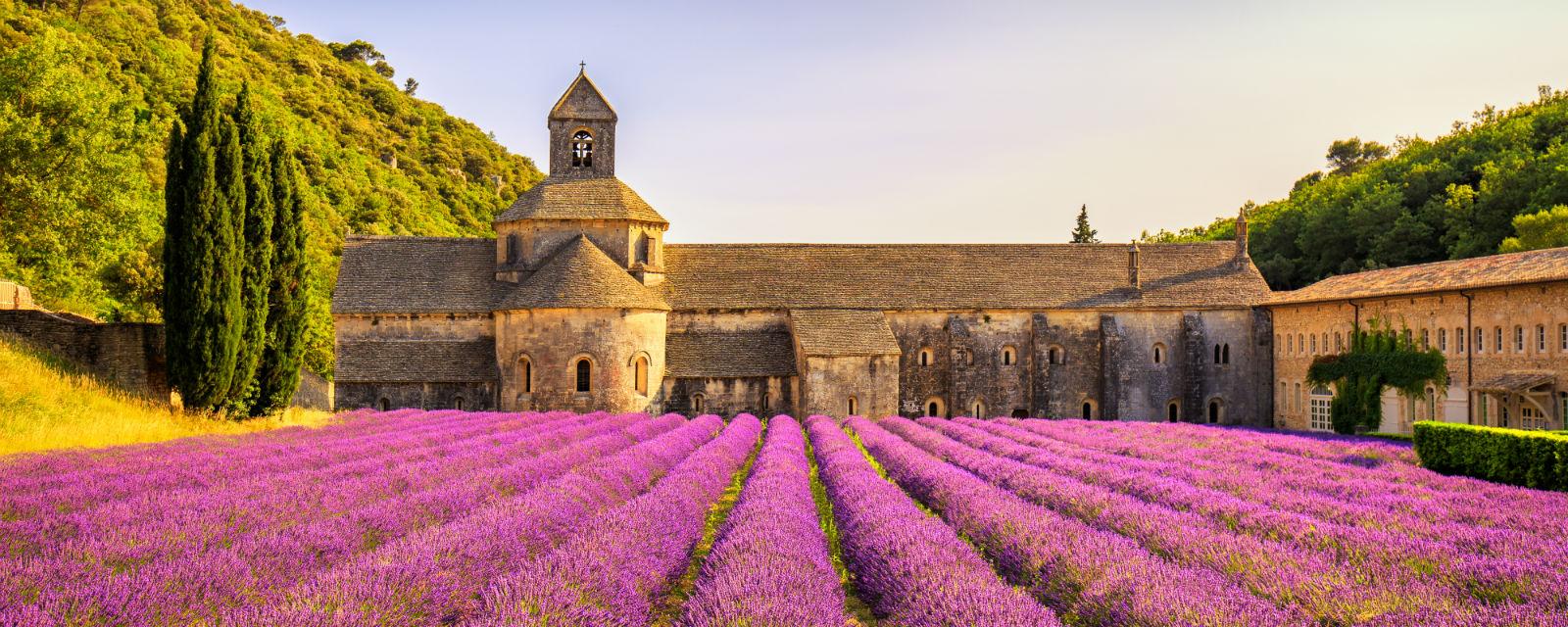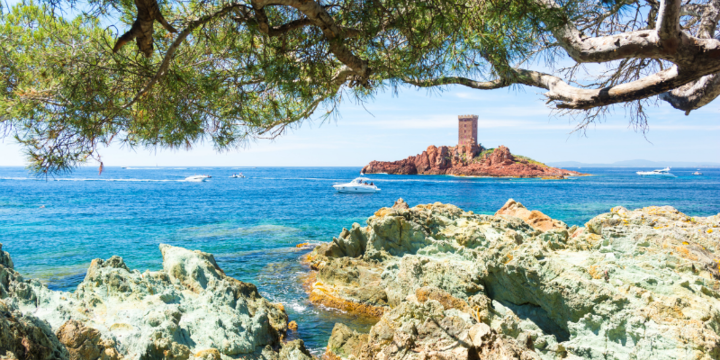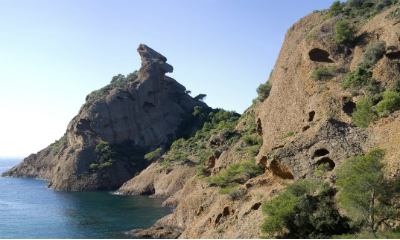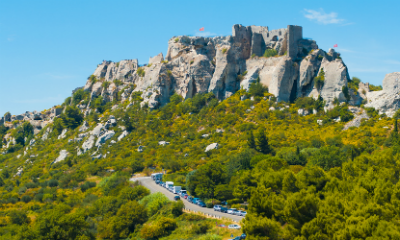Getting to Provence
There are four main airports in Provence served by the UK: Marseille is served by British Airways from Heathrow; by easyJet from Gatwick, Luton and Bristol; and by Ryanair from Stansted and Edinburgh. The average flight time is around two hours.
If you’re heading to the northernmost reaches of Provence, such as the Alps or Verdon Gorges, it may be easier to fly to Nice-Côte-d’Azur. British Airways runs services here from Heathrow, Gatwick and London City; Aer Lingus flies from Dublin; easyJet from Edinburgh, Belfast and Newcastle; Jet2 from Leeds-Bradford and Manchester; and Ryanair from Stansted and Dublin.
Getting to Côte d’Azur
Nice is the gateway to the French Riviera. EasyJet runs several services to Nice from Stansted, Luton, Gatwick, Bristol, Edinburgh, Liverpool, Newcastle and Belfast. Alternatively, Jet2 flies from Leeds and Manchester; BA serves Heathrow and London City; Norwegian connects Gatwick; Monarch flies from Gatwick and Birmingham; and Flybe runs services from Southampton.
Eurostar offers a direct service from London to Lyon, Avignon (5hr 49mins) and Marseille (6hr 27mins).
Getting to Languedoc
Languedoc is served by five regional airports: Nîmes, Montpellier, Carcassonne, Perpignan and Béziers. Ryanair connects all five with a number of UK airports, while Flybe runs to Perpignan from Southampton, Bmibaby flies to Perpignan from Manchester, and easyJet flies to Montpellier from Luton and Gatwick.
Alternatively, you could catch the train from Paris Gare du Lyon, reaching both Nîmes and Montpellier in just over three hours; Béziers in just over four hours; and Narbonne and Perpignan in slightly longer.
Getting around by car
If you’re heading to the remote corners of Languedoc or Provence-Alpes, where public transport can be hit and miss, we recommend hiring a car.
Car-rental outfits are located at most airports; rates are around £300 for a week.
By bus
Excellent regional bus networks serve the main towns and villages. If you’re heading inland from the Riviera, the Ligne d'Azur bus network fans out from Nice to Vence, Grasse, St-Jean-Cap Ferrat and Villefranche-sur-Mer.
By train
For longer trips around France, LeShuttle andthe TGV train system is fast, clean and reliable, with food carriages and tables.
To travel the Côte d’Azur by train, the TER (Regional Express Trains) connects the main destinations up to the Italian border.
















































